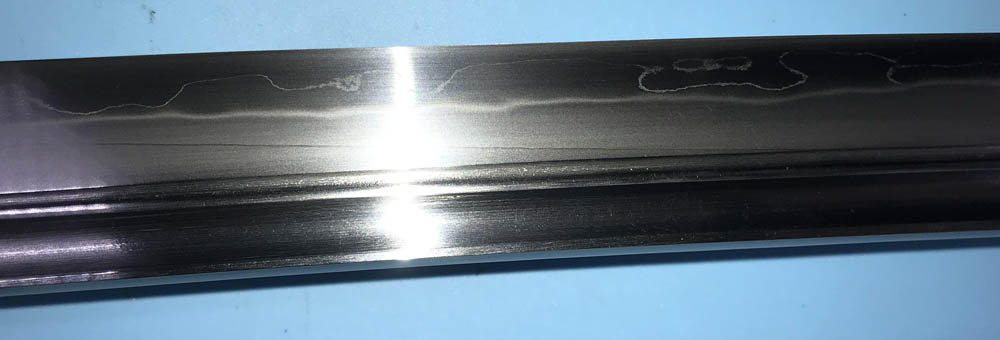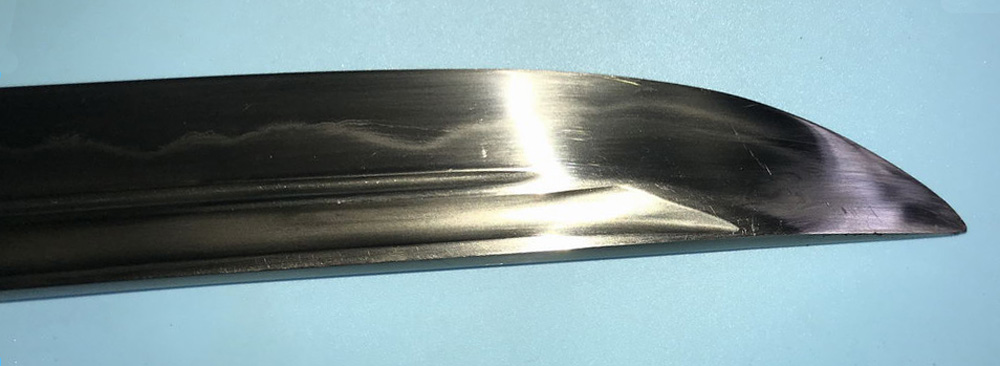Hi – Grooves in Japanese swords
Hi is the Japanese name for the groove (also known as a fuller) that runs up the length of the blade. Its original purpose was to make the sword lighter and more resistant to bending. As time went on, decorative factors as well as practical ones were added as sword-smithing developed.
-
Soe Hi(Accompanying Hi groove)
Standard Bo-hi
The bo-hi is the most common form of hi and when someone simply says “hi” they often mean “bo-hi”. it always appeared on Shinogi zukuri katana.

Tome Standard bo-hi
features is hi groove stopping before habaki
Shinken bo-hi
feature is the bo-hi extend to kissaki, and geometry finish.


Tome bo-hi
feature is hi groove stopping before habaki, and geometry finish. it also called Maru-Tome.


Double Hi
The double groove pattern is for aesthetic purposes only and will not effect the weight of the blade significantly. The single groove will actually lower the weight of the blade more than the double groove.



Soe Hi
It is like a double bohi, There is a narrow hi along the bohi.


Standard Naginata Hi
As its name suggests, it is seen a lot in naginata blade, but also seen in Unokubi zukuri, kissaki-moroha zukuri, and kanmuri-otoshi zukuri.
Geometric Naginata Hi
features is hi groove stopping before habaki, and geometry finish. it is seen a lot in naginata blade, but also seen in Unokubi zukuri, kissaki-moroha zukuri, and kanmuri-otoshi zukuri.

Soe Naginata Hi
There is a narrow hi along the bohi. it is seen a lot in naginata blade, but also seen in Unokubi zukuri, kissaki-moroha zukuri, and kanmuri-otoshi zukuri.
